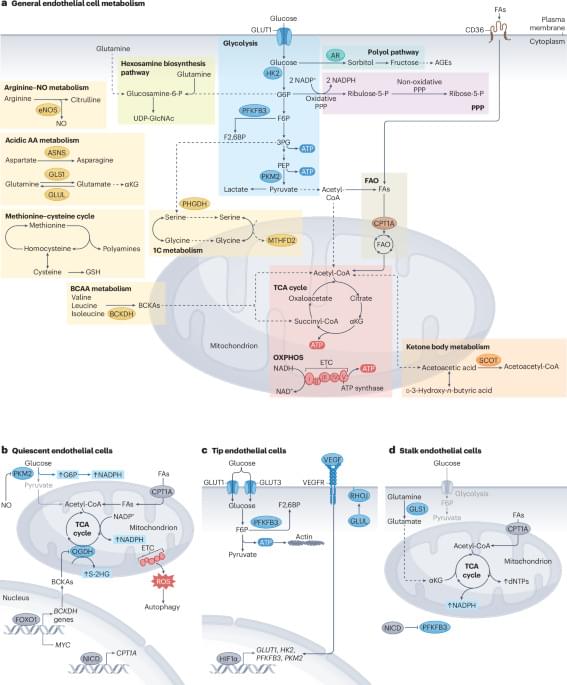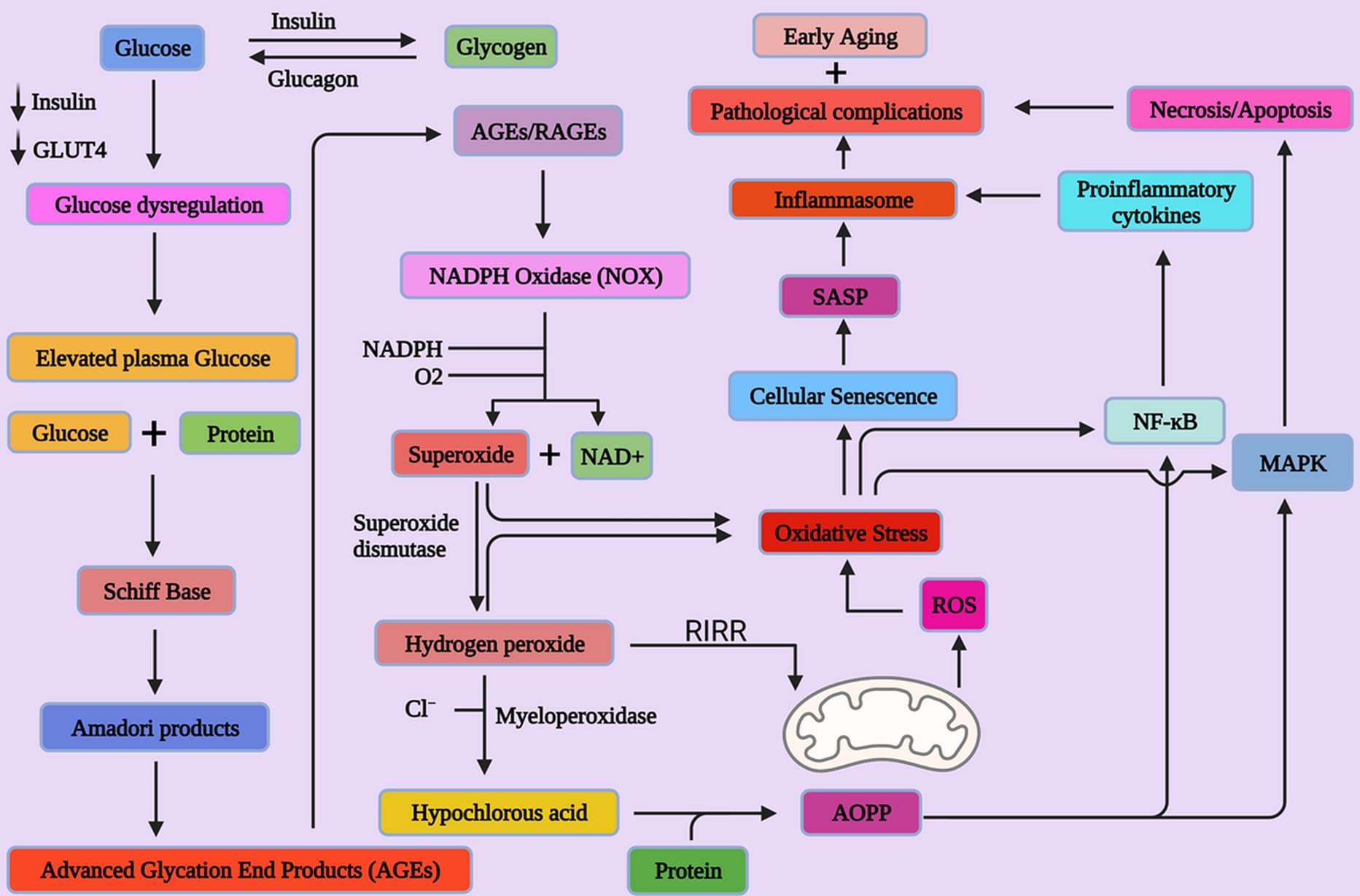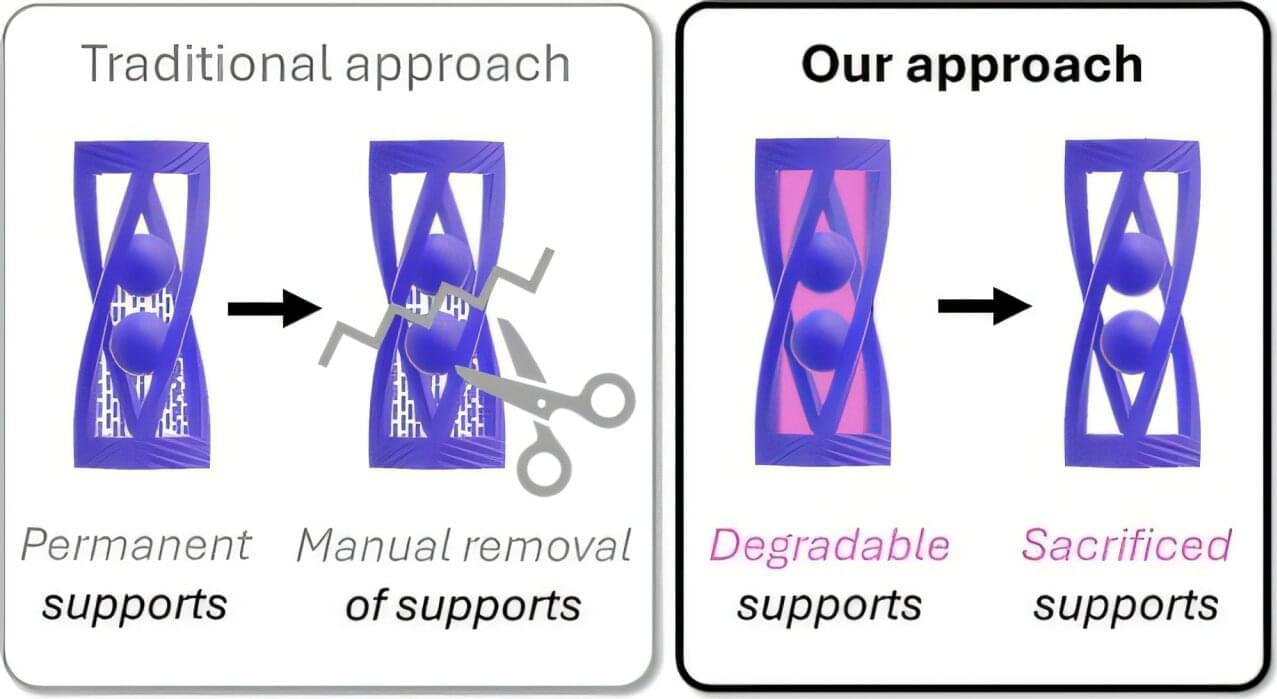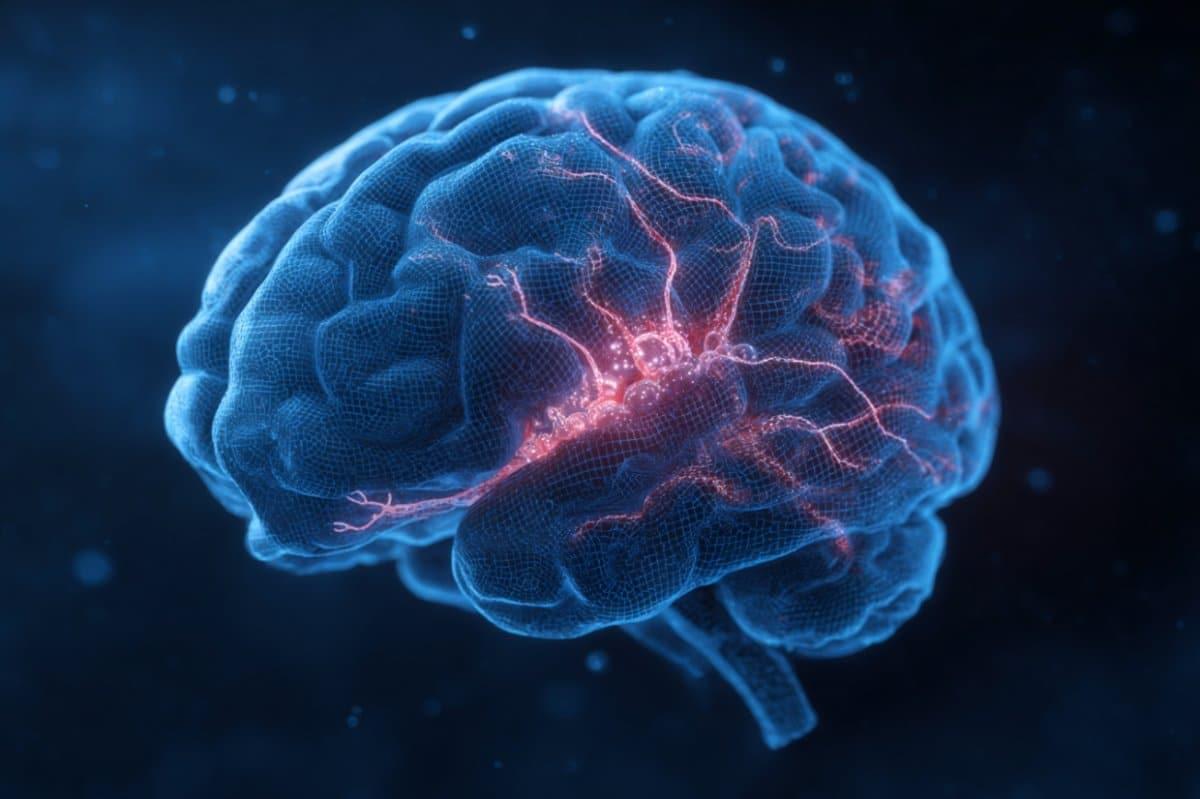Tool aims to solve the mystery of non-coding sequences — but is still in its infancy.



Until recently, practical attempts rarely pushed beyond proof-of-concept.
Now researchers have used the teleportation trick to forge a working logic gate between two separate quantum chips sitting about six feet apart, hinting at a future where clusters of modest processors act as one mighty computer.
A qubit is valuable because it can be zero and one at the same moment, yet that superposition collapses if the qubit feels a nudge from the outside world.

As humans, we rely on all sorts of stimuli to navigate in the world, including our senses: sight, sound, touch, taste, smell. Until now, AI devices have been solely reliant on a single sense—visual impressions. Brand-new research from Duke University goes beyond reliance only on visual perception. It’s called WildFusion, combining vision with touch and vibration.
The four-legged robot used by the research team includes microphones and tactile sensors in addition to the standard cameras commonly found in state-of-the-art robots. The WildFusion robot can use sound to assess the quality of a surface (dry leaves, wet sand) as well as pressure and resistance to calibrate its balance and stability. All of this data is gathered and combined or fused, into a single data representation that improves over time with experience. The research team plans enhance the robot’s capabilities by enabling it to gauge things like heat and humidity.
As the types of data used to interact with the environment become richer and more integrated, AI moves inexorably closer to true AGI.

In this Review, the authors describe the metabolic programmes that control endothelial cell function in the cardiovascular system, discuss the role of endothelial cell metabolism in different cardiovascular diseases, and highlight the therapeutic potential and challenges of targeting endothelial cell metabolism to treat cardiovascular diseases.

Geroprotectors, a class of compounds that ameliorate molecular, cellular, or physiological aging-related alterations, have garnered significant attention in the quest to promote healthy aging and extend the human health span. Among these, Calorie Restriction Mimetics (CRMs) have emerged as promising candidates due to their potential to mimic the benefits of calorie restriction, a dietary approach involving reduced calorie intake without malnutrition. Prospective CRMs may include biguanides (metformin and aminoguanidine), which exert effects on the insulin signaling pathway; rapamycin, which interacts with mTOR signaling pathways; and stilbenes (resveratrol), which influences stress signaling pathways and promotes the activation of AMPK, impacting mitochondrial metabolism in addition to the activity of FOXO and sirtuin.

Ribosomes are tiny molecular machines inside all living cells that build proteins, and ribosome biogenesis is the complex, multi-step process by which they are made. During brain development, neural stem cell proliferation relies on active ribosome biogenesis to meet high protein demand. This process involves the concerted action of numerous ribosomal RNA processing factors and assembly proteins. Studies have shown that precise regulation of ribosome biogenesis is essential for normal brain development and tumor prevention.

Lawrence Livermore National Laboratory (LLNL) researchers have developed a novel 3D printing technique that uses light to build complex structures, then cleanly dissolves the support material, expanding possibilities in multi-material additive manufacturing (AM).
In 3D printing, traditional supports often add time, waste and risk to the process, especially when printing intricate parts. But in a new study published in ACS Central Science, an LLNL team—in collaboration with University of California, Santa Barbara (UCSB) researchers—outlines a “one-pot” printing approach that uses two light wavelengths to simultaneously create permanent structures and temporary supports from a single resin formulation.
The method addresses a longstanding challenge in AM: how to fabricate suspended or overhanging features without cumbersome scaffolding requiring manual removal, which is a key hurdle to the widespread adoption of digital light processing (DLP) 3D printing technologies.
Join Mari in rationally understanding and accepting humanity’s transition to AI superintelligence.
How to steer toward a positive AGI future
